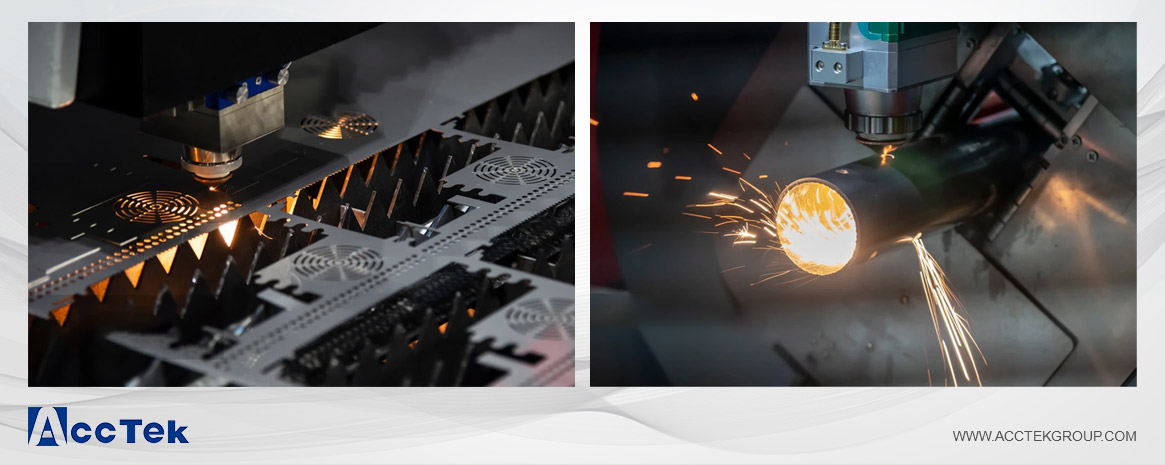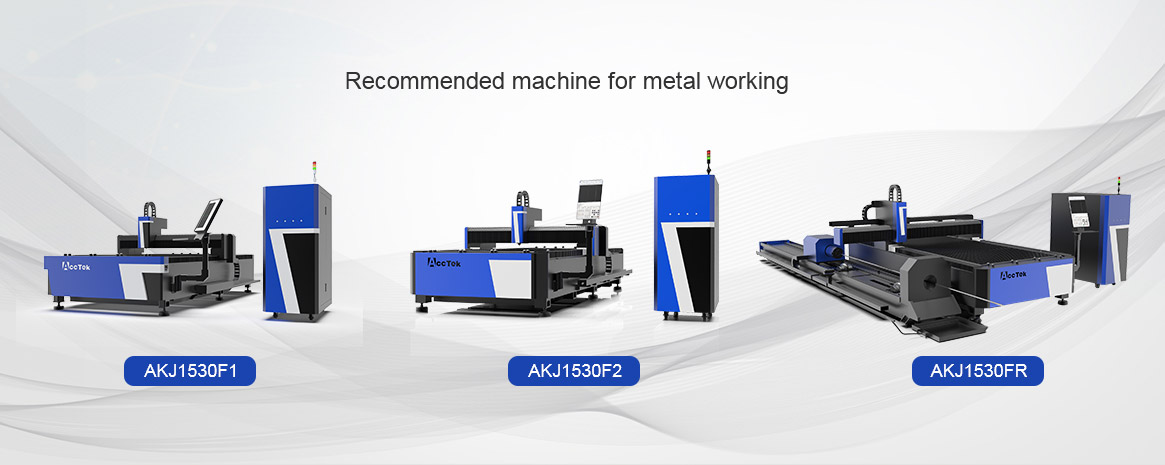We call the molten metal remaining on the cutting back of those workpieces as dross. The
laser cutting machine will generate a lot of heat during processing. Generally speaking, the heat generated during cutting will spread to the entire workpiece along the kerf, and then the workpiece will be sufficiently cooled.
However, when cutting small-hole workpieces, the outside of the hole can be sufficiently cooled, and the inside of the hole has a small space for heat diffusion, and the heat is too concentrated to cause excessive slagging. In addition, when cutting a thick plate, the molten metal accumulated on the surface of the material and the heat accumulation generated during the perforation will cause the auxiliary airflow to be turbulent, and the heat input will be too much, which will cause dross.
First of all, we divide the analysis into several main phenomena. Because these phenomena are relatively common, we must find the reason and prescribe the right medicine to fundamentally solve the phenomenon of slagging after laser cutting.
1. The laser output power is not enough
When cutting thick plates, the power is not enough to melt the entire plate. If the power can be adjusted, you can increase the power to continue testing whether it can be cut off. If the power has been adjusted to the maximum, you need to replace the laser with a higher power.
2. The focus of the laser beam is deviated
If the focus is too close or too far, it will affect the cutting quality. It can only be adjusted by inspection and adjusted according to the offset position.
3. The pressure of the auxiliary gas is not enough
The auxiliary gas can blow off the slag during cutting and cool the heat-affected zone of cutting. If the air pressure is too low, the residue cannot be blown out of the workpiece or the workpiece cannot be cooled in time, resulting in the formation of dross. Just adjust the air pressure to a suitable size.
4. The cutting speed is too fast or too slow
If the feed speed of
laser cutting is too fast, the workpiece cannot be cut in time, the cutting surface will form a diagonal stripe road, and there will be dross in the lower half of the area. If the feed speed is too slow, overmelting will occur, the cut surface will be rough as a whole, the slit will become wider, and there will be slagging on the upper part.
The above is a summary of the dregs after the
laser cutting machine is cut. The specific problems caused during the operation still need to be analyzed in detail. If you are considering buying a
laser cutting machine, please move. For consultation on our official website, please contact our staff if you have any questions. We have professional technicians to answer your questions about the machine during the purchase process.



